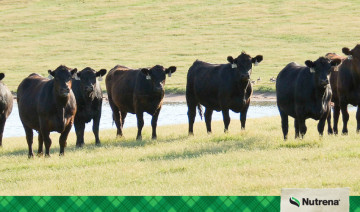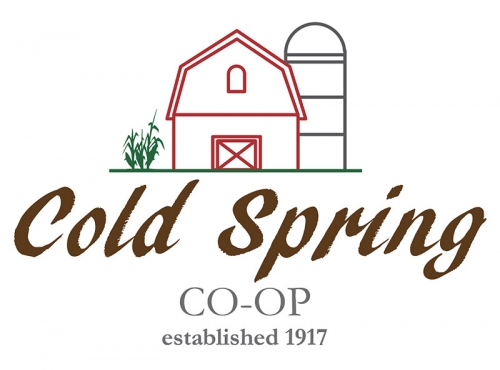
Diet and Nutrition for Cattle
Cows eat grass and hay. On a dry matter basis a cow will eat 4 to 5 tons of forage per year. As long as there is pasture for the cows to eat it is most economical to let them graze. When cattle are on grass the amount of forage consumed will determine how well they will perform, usually expressed in average daily gain (ADG). Growing beef cattle will consume approximately 2.5 percent of their body weight each day depending on forage conditions. It requires approximately 8 to 10 pounds of roughage for every pound of gain.
If possible, the hay should be 8% crude protein or higher. It is a good idea to test the protein value of your hay through local laboratories.
Cows are ruminant, meaning they ferment their feed before digesting in the stomach and intestines. The rumen in a mature cow is a 42 gallon drum which has feed, water and bacteria in it. The bacteria break down the fiber and help the cow get energy from the fiber. Bacteria will continually wash out of the rumen then be-come digested in the intestines.
The bacteria will provide much of the protein the cow needs. There are literally billions of tiny bacteria in the rumen. When we feed a cow we are really feeding the bacteria so that they can do their job.
If cattle are confined, all nutrients required for growth and production must be supplied. Normally growing cattle over 700 pounds will need to receive rations relatively high in concentrates to gain faster. The concentrate should be processed for maximum benefit to the animal.
Supplements containing vitamins, minerals and protein (depending on what they are getting from the for-age) are recommended.
The feed room is proudly brought to you by Nutrena and Cargill Animal Nutrition. Learn more about us here. You can see the original blog post here.
